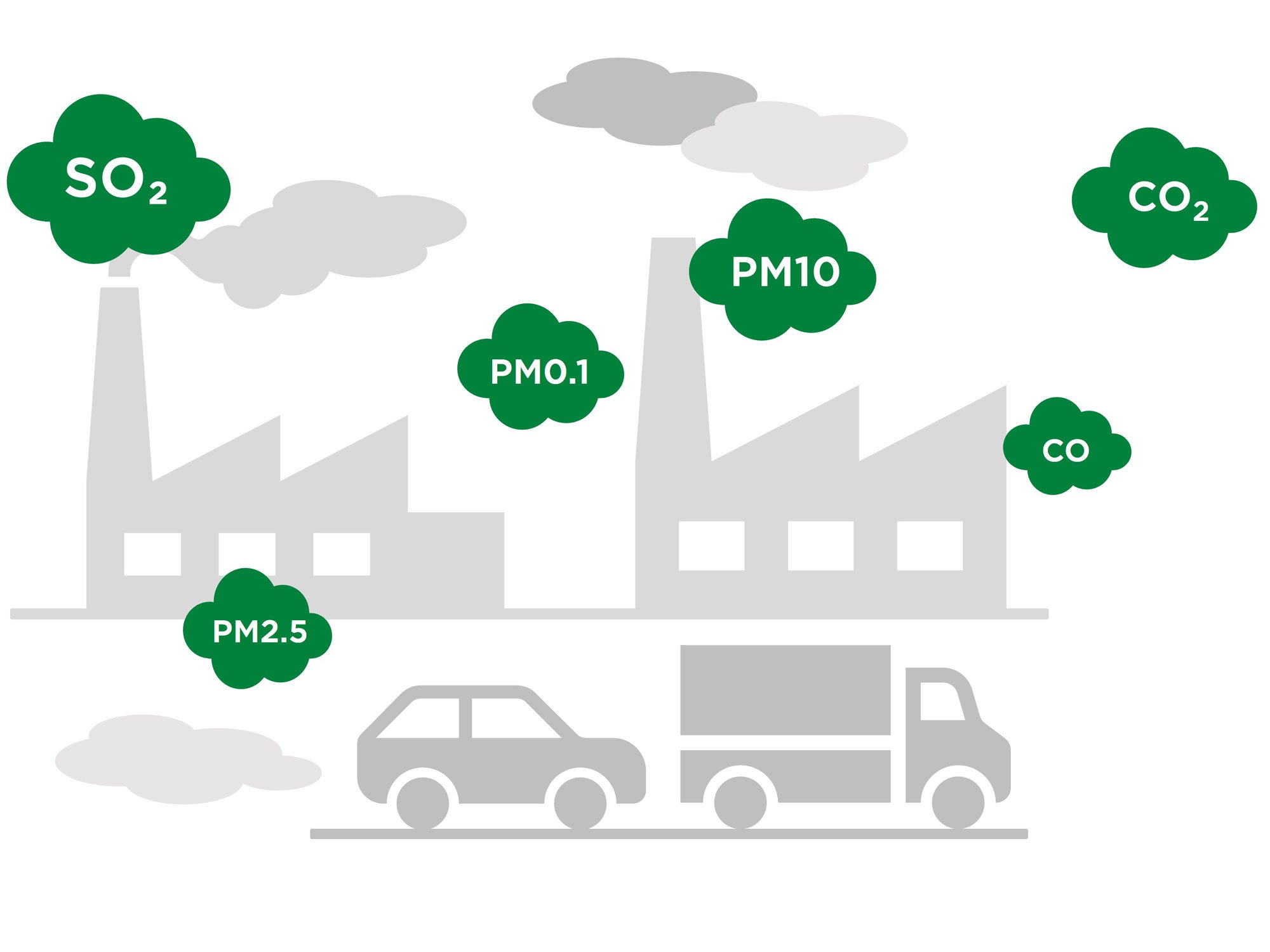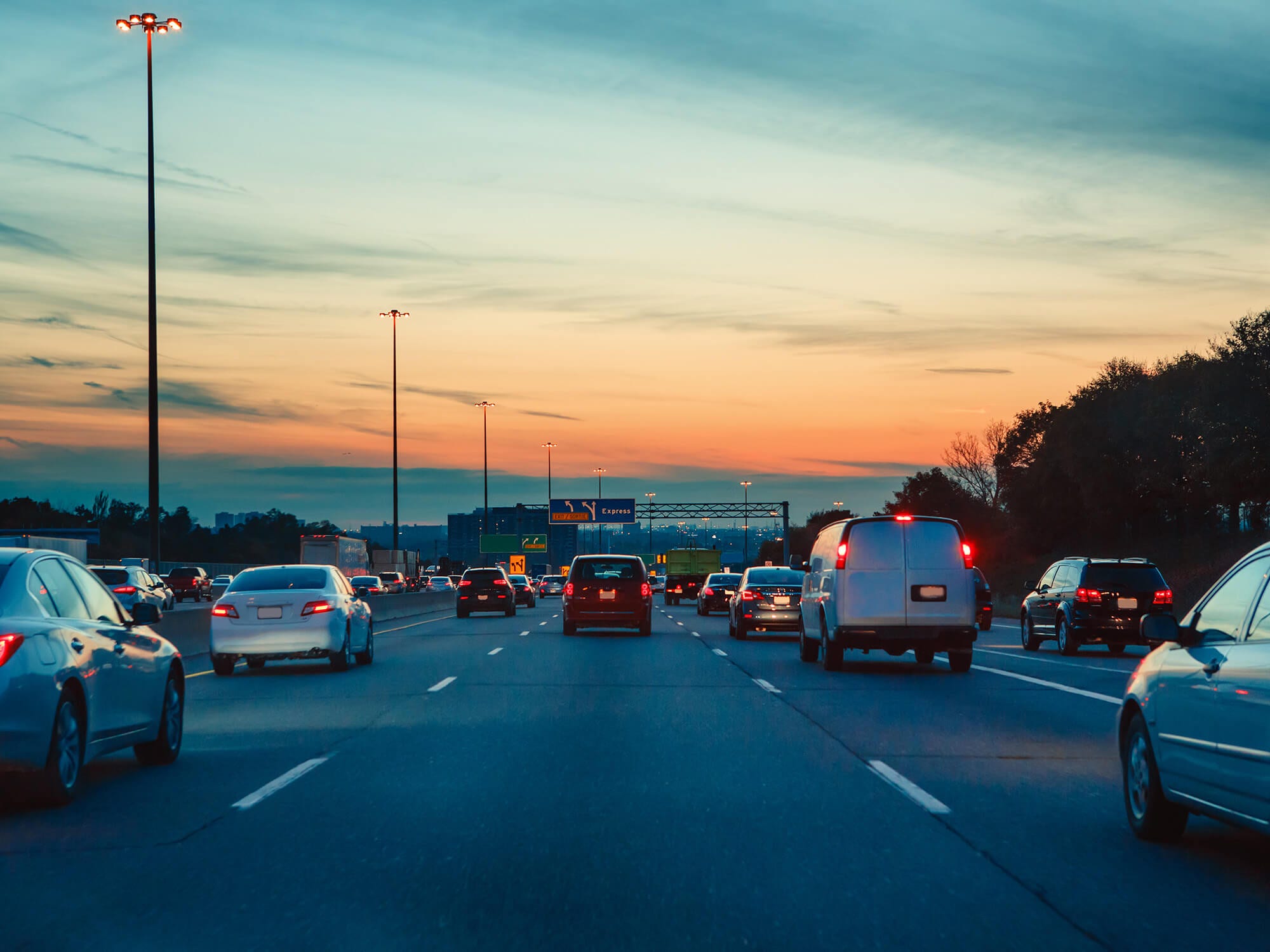The ABCs of particulate matter: Meaning, sources, and impact
In July 2022, the United Nations acknowledged the right to clean air as a fundamental human right. However, despite this recognition, an astonishing 99 percent of the global population continues to inhale air that falls short of the World Health Organization's (WHO) quality guidelines. Among the most hazardous air pollutants is particulate matter – microscopically small fine dust particles that infiltrate virtually all indoor spaces and living environments, creating a significant negative impacts on both human health and the environment.

What is particulate matter? Meaning and classification
Particulate matter is defined as a mixture of solid particles and liquid droplets that are suspended in the air. Some of these airborne particles, such as dust, dirt, soot, or smoke, are large or dark enough to be visible to the naked eye. Others, however, are so small that they can only be detected using an electron microscope. Fine dust particles are categorized based on their size, as follows:
To put these sizes into perspective, the average human hair has a diameter of approximately 70 micrometers, making it significantly bigger than even the largest category of fine dust particles, PM10.
Where does particulate matter come from? Types, pollutants and sources

Particulate matter is released from both natural and anthropogenic sources. Natural sources of particulate matter pollution are extremely wide-ranging and include volcanic eruptions, forest fires, soil erosion, and the decomposition of organic materials. The reasons behind man-made particulate matter pollution are similarly broad and include, for example, various methods of transportation, incineration plants, and industrial processes.
- Primary particulate matter is emitted directly from its source, for example through brake and tire abrasion from vehicles or from furnaces and heating systems within buildings.
- Secondary particulate matter forms when gaseous precursors, including sulfur and nitrogen oxides and ammonia, react in the atmosphere.
Why is particulate matter harmful? Effects on people and the environment
Particulate matter measurements reveal that emissions are especially high in urban regions and industrial areas. However, the impact of particulate matter pollution is global. Studies estimate that poor air quality claims the lives of a staggering seven to nine million people worldwide every year.
Particulate matter and its negative effects on human health

The smaller the fine dust particles, the deeper they can penetrate into the human body and the longer they remain there. Ultra-fine particles, in particular, are often unable to be exhaled and can prove extremely difficult for the body to combat.
In the short term (over hours and days), excessive exposure to particulate matter can lead to increased blood pressure and even affect blood sugar levels. Moreover, particulate matter is considered to be a highly efficient virus accelerator. For example, a link between high levels of air pollution and COVID-19 has already been established in cities with particularly poor air quality.
In the long term (over months and years), particulate matter can gradually harm various systems in the body, including the lungs, cardiovascular system, metabolism, and nervous system. Exposure to particulate matter can also result in the development of allergies, asthma, high blood pressure, diabetes, dementia, or lung cancer.
Particulate matter and its environmental impacts
Particulate matter contributes to climate change in a very similar way to CO2. It can act as a greenhouse gas itself or help to form other greenhouse gases. Additionally, airborne particulate matter can trap some of the sun's heat on Earth, thereby increasing global warming.
Worldwide measures against excessive particulate matter
The global threat that particulate matter poses to society, the economy, and the environment is gaining increasing attention:

- In its Global Air Quality Guidelines, the WHO has not only declared clean air to be a fundamental human right but has also set clear annual limit values for particulate matter measurements: PM2.5 at 5 micrograms and PM10 at 15 micrograms.
- With the introduction of the Euro 7 standard, limit values for non-exhaust-related brake and tire abrasion are expected to be established for the first time from 2026/2027, as this issue is one of the main causes of particulate matter. The limit value will also apply to cars with alternative drive systems, such as electric vehicles.
- With the revision of EU Directive 2008/50/EC in 2022, the current limit values were fully aligned with those of the WHO. The new limit values are set to take effect from 2030. The Zero Pollution Action Plan also aims to reduce premature deaths caused by high concentrations of particulate matter (PM2.5) in Europe by at least 55 percent by 2030, when compared to the number of deaths in 2005.
How to reduce particulate matter: Filtration creating cleaner air for everyone
Modern, comprehensive filtration is an especially effective protective and preventive measure against fine dust. For more than 80 years, MANN+HUMMEL has been developing filters and filtration systems that reliably remove harmful pollutants, such as fine particles, from the air before they can become dangerous:
Even before the coronavirus pandemic, we were already well aware of the world's fragility and the priceless value of the air we all breathe every day. With our unrivaled filtration solutions, we ensure that everyone across the world can breathe easily.





